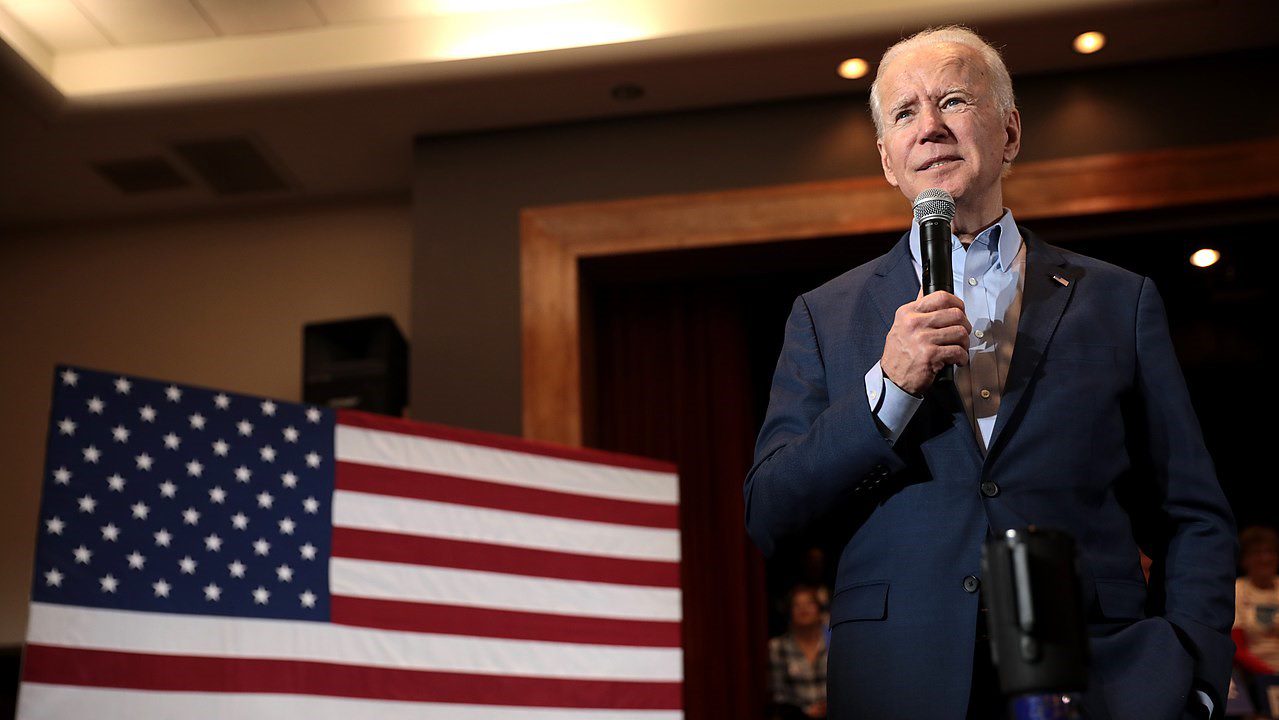Article originally published in the South China Morning Post.
With President Biden approaching the 100-day mark in office, we’ve already learned four important things about how trade policy is likely to unfold at least initially under the new US administration. While it is still early days, here’s what we know so far:
1. Trump’s legacy will cast a wide shadow
The norm-busting presidency of Donald Trump, and in particular his proclivity to run roughshod over traditional alliances and marginalize global institutions, spurred conjecture on whether US relations with the rest of the world would simply “snap back to normal” once Trump was no longer in office. Based on Biden’s first 100 days, the short answer appears to be “no”. Trump’s legacy will be enduring.
European partners, for instance, appear less willing to rally around reasserted US leadership in trade. This was evident even before Biden took office, when the EU decided to move forward on the Comprehensive Agreement on Investment with China, despite entreaties from the incoming Biden team to hold off until a more unified approach to China could jointly be developed – a sharp departure from the EU’s usual preference to coordinate closely with the US. Even Japan, one of the US’ most stalwart allies, has been uncharacteristically resistant to “encouragement” from Washington to join in imposing sanctions in response to the situation in Xinjiang.
Donald Trump withdrew the US from the (then) TPP (Trans-Pacific Partnership) – which was negotiated but not approved under the Obama administration – on his first full day in office. He is therefore either credited or faulted (depending on one’s perspective) with “killing” the TPP. Such a formulation overlooks the simple reality that Hillary Clinton, his opponent in 2016, had also committed to pulling the US out of TPP, meaning that irrespective of the outcome of the election, the demise of the TPP was already a foregone conclusion. Clinton had initially been a vociferous promoter of TPP when she served as Obama’s Secretary of State. Her dramatic reversal in position demonstrates how steeply the appeal of FTAs – both in terms of perceived economic benefits and political viability – has declined within both parties in Washington.
3. There will be a fair amount of continuity
One aspect of Trump’s trade legacy that the Biden administration is unapologetically embracing is the use of tariffs and the imposition of technology restrictions designed to blunt China’s pursuit of technological superiority through the use of predatory tactics.
In her first major media interview, Biden’s trade representative Katherine Tai expressed comfort with maintaining the Trump tariffs, saying “no negotiator walks away from leverage, right?” And Commerce Secretary Raimondo, when questioned about her view on the global steel and aluminum tariffs applied under Trump commented, “those tariffs have worked”. Raimondo had previously stated her desire to maintain Trump administration restrictions on Huawei and more recently she announced that the Commerce Department had added seven Chinese supercomputing companies to the restrictive “entities list”. And there has been no indication from anywhere in the administration that the US is weighing any dramatic shifts on the policy of blocking appointment of WTO Appellate Body judges, a move which has effectively derailed the dispute settlement mechanism.
These comments, actions, and inactions represent a tacit endorsement of some of the most consequential – and controversial – policies pursued by the previous administration. While the Biden team is conducting a thorough review of Trump’s trade actions, it’s already clear that there will be a high degree of continuity.
The next 12-18 months
Presidential policy agendas laid out during the first 100 days in office frequently look far different by the end of the term, owing to the intrusion of unforeseen events, changed political fortunes as a result of mid-term Congressional elections, and the achievement (or decisive failure) of initial priorities. But based on what we’ve seen thus far, here’s what we can expect in trade policy over the next 12-18 months: a fair amount of continuity with the previous administration, especially with regard to China, tariffs, and tech policy, no major new trade deals, and an improved cooperative relationship with the EU and Asian allies, but one which falls considerably short of the hoped-for united front, as traditional partners view the US with far more skeptical eyes.
© The Hinrich Foundation. See our website Terms and conditions for our copyright and reprint policy. All statements of fact and the views, conclusions and recommendations expressed in this publication are the sole responsibility of the author(s).







